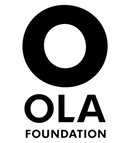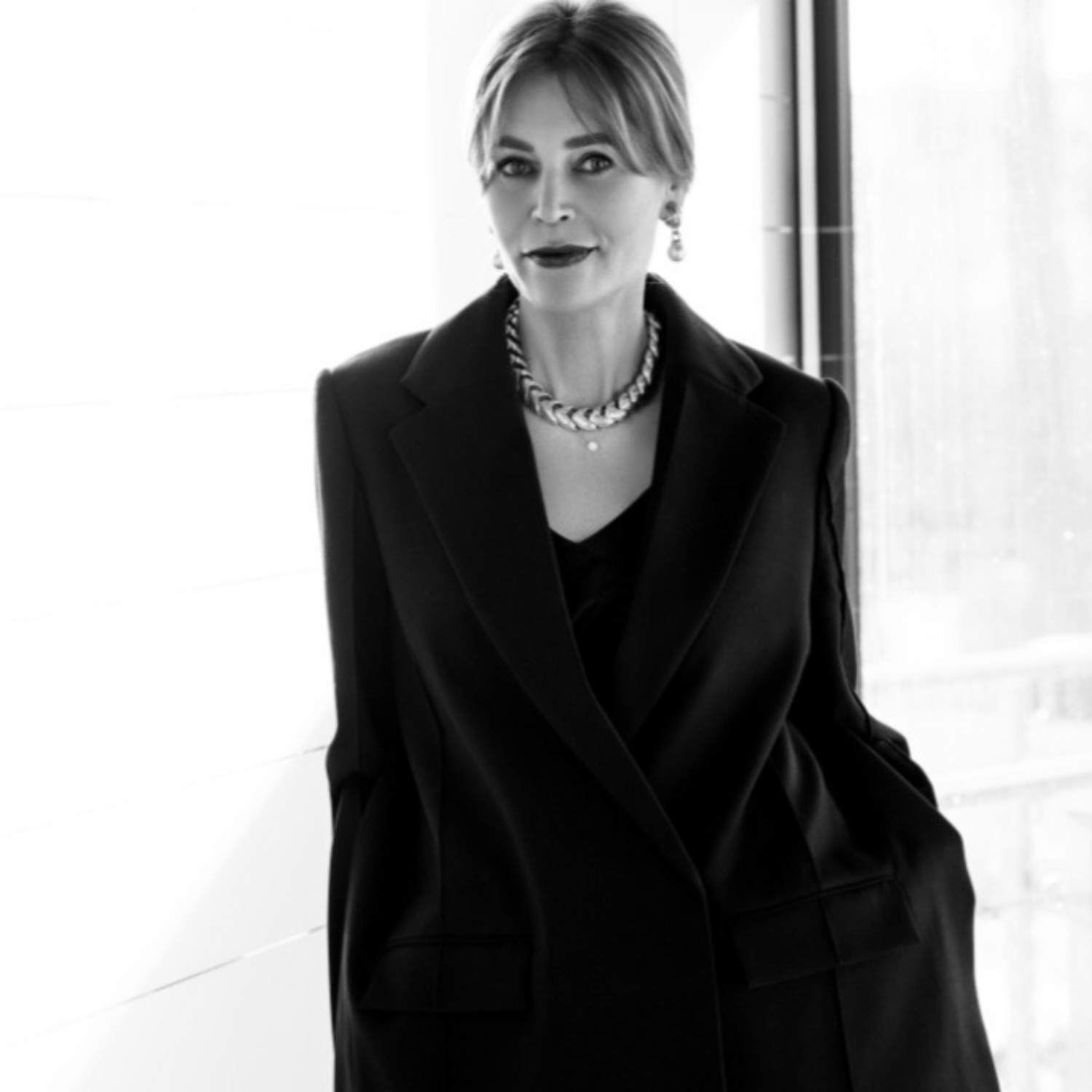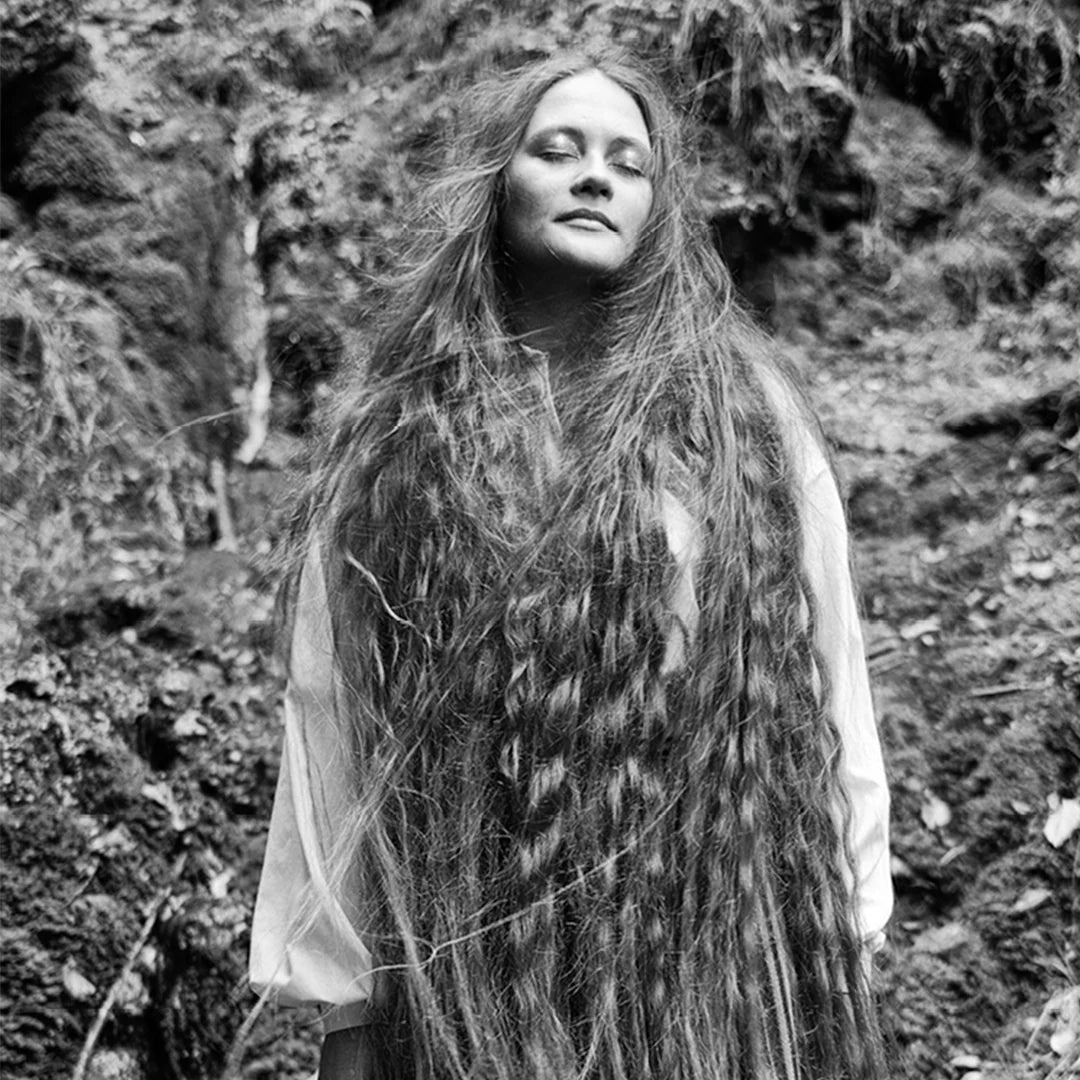A conversation with the founder of the Ola Foundation, Ilze Pīlēna
In less than a year, a new cultural space has clearly announced itself in Riga - Ola Foundation. The project, which its authors themselves - entrepreneurs Uldis and Ilze Pīlēni - call an extension of their heart. Ola Foundation is a space of new ideas and synergies, a creative organism in a constant process of development, which combines a strong framework - the architecture created by Uldis Pīlēns, and an equally strong content formed by the interaction between visual art, music and educational projects. The egg is open to the experiments of word, thought, color and sound, thereby celebrating the moment of the hatching of fragile ideas, allowing them to grow and materialize. As Ilze Pīlēna, the founder of the Ola Foundation, says in our conversation: "Ola is a process that is made up of a collection of experience, intuition and indulgence."
Almost a year has passed since Ola opened its doors publicly for the first time in May of last year, with a fundraising concert for Ukraine. At that time, you said that you would operate in test mode until the fall, but Ola itself probably decided otherwise - in less than a year, it has already managed to present itself as a new, bright cultural space. How do you feel about the Egg now, considering that its vision was initially very abstract? How does Ola live and fill itself with content?
It feels really good because, as you mentioned, while the big goal and vision was clear from the start, how it would translate into reality when the building was finished was more of an abstraction. At the moment, less than a year has passed, and Uldis and I are both happy that the profile of Ola, its special character, and Ola - as a creative organism in constant process, has become understandable both to us and, I think, to a large part of its guests as well. We have understood the set of events and directions that make up the story of Ola, what fits it and what doesn't.
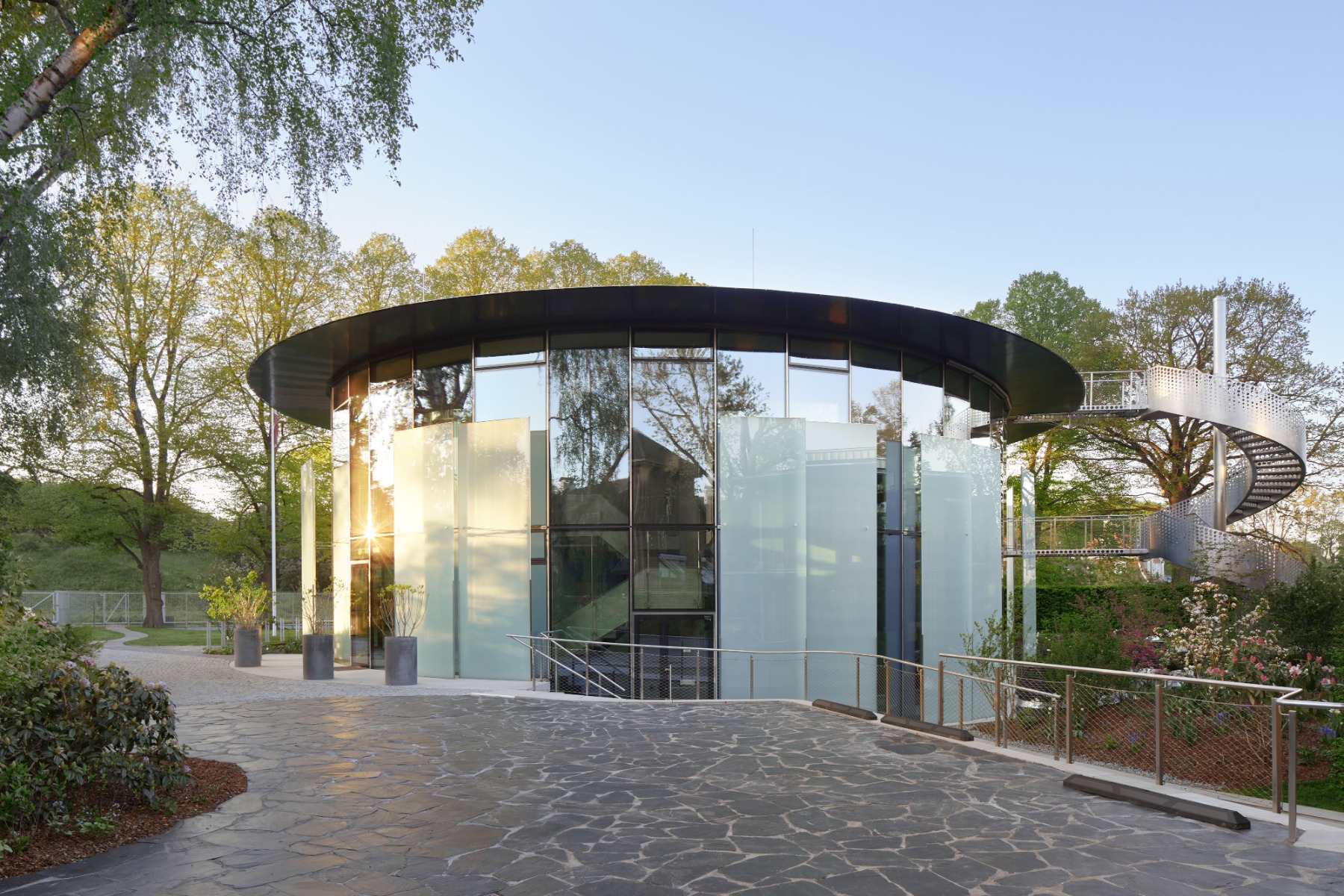 How would you describe what Ola is and what are the core values that make up Ola's story?
How would you describe what Ola is and what are the core values that make up Ola's story?
Ola is a new cultural space in Riga, which has begun to show itself on the Latvian and, little by little, international cultural map. It is a synergy space for art, music and educational projects.
I think that the uniqueness of Ola lies in the synergy between architecture, which is an art in itself, and the other arts. Visuality, sound, thought. In terms of art, both Uldis and I have defined for ourselves that as patrons we feel best supporting the Latvian contemporary art process, and Ola is an excellent platform for this. Of course, this does not rule out the fact that there will be exhibitions here, where the works of foreign artists will also be represented, in order to dilute the Latvian art environment in a positive way and at the same time allow it to be seen in comparison - in a wider context. Traveling through Europe and other countries, and visiting many galleries, we have made sure that the level of contemporary art in Latvia is very good.
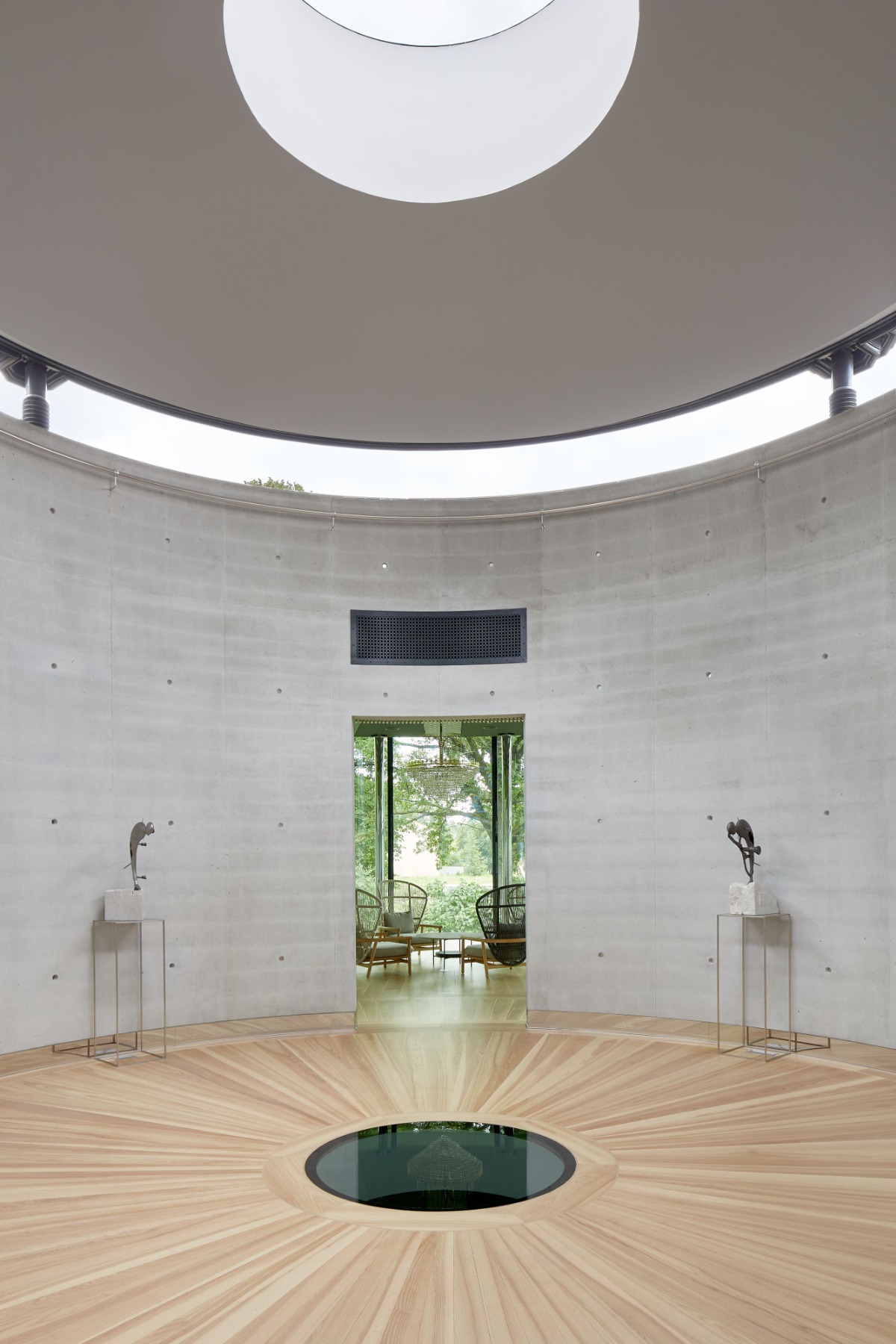
Equally important in Ola is music.
Yes, and maybe we didn't even realize it at the beginning, because it was impossible to evaluate the acoustics in detail during the construction stage of the project. It turns out to be really great - all the musicians and composers who have been here say so. This was also one of the reasons why we started operations in May 2022, not at the end of the year as we had planned.
Andrejs Osokins, Sergejs Osokins and Imants Resnis helped us choose the piano and the first time they were brought here, we invited them to evaluate where it should stand and how it sounds. And then there was this great amazement to hear the really wonderful acoustics. Perhaps this is due to the rounded shape of the building, but not only. Uldis, when designing Olu, had thought a lot about it, because acoustics is an important factor in everyday life - in any public space. However, to some extent, it all happened unplanned, and therefore, the presence of music in Ola is as essential as art. Ola is a shared experience, where everything has a role - art, architecture, music and, in the end, also the people themselves who come to Ola.
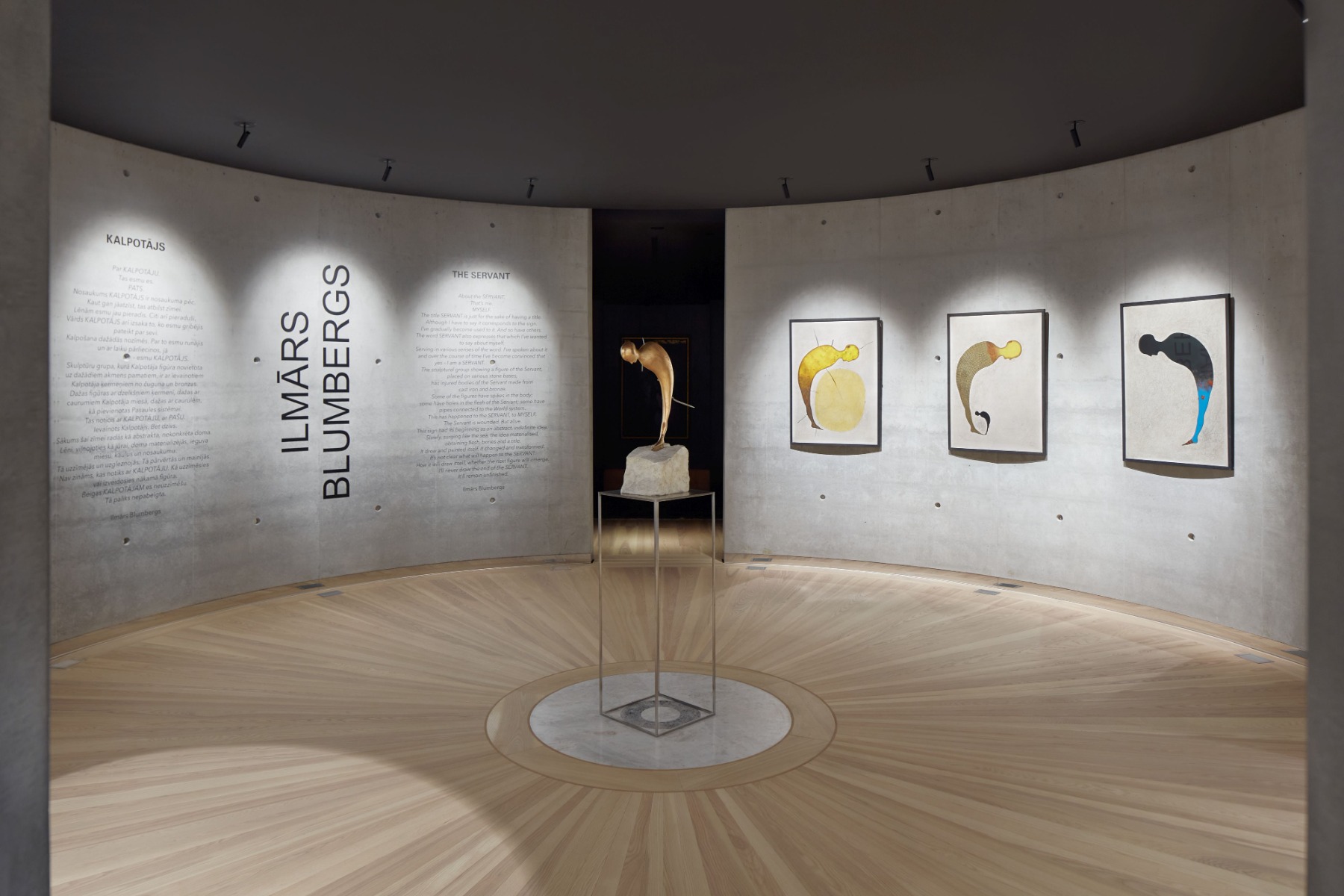 Can you tell us how the Olas program is made?
Can you tell us how the Olas program is made?
Since we are a private foundation, we have not created Ola as a business project, but as an extension of our heart. Therefore, we do not want to introduce a strict framework and set-in-stone pace here, which turns Ola's everyday life into a wheel. Our desire is to feel and indulge in the state of creative flow, where Ola herself also participates in creating the program. It is not pragmatic, but a space open to new ideas and impulses, in which the moment of the unexpected is present. In fact, Ola's first year has already passed - our program has been more based on feelings, in close connection with what is happening around us, emotions that are in the air or that we need. We have a group of friends, among whom there are enough art and music experts, authorities, with whom we communicate and whose opinion we listen to, thus fulfilling the idea of Ola as a synergy space.
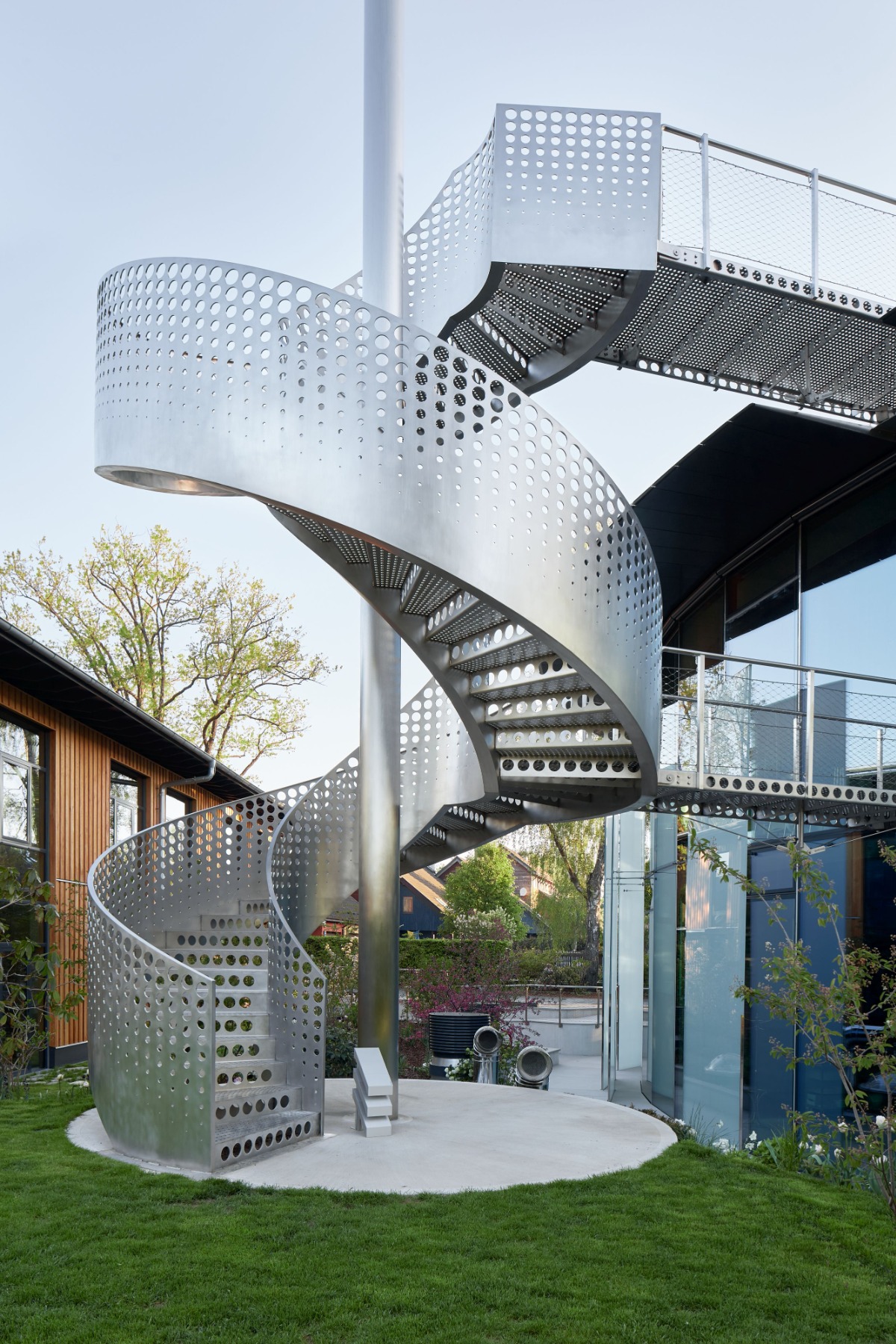 Basically, Ola - as a metaphorical beginning, is a source of new and constantly evolving ideas.
Basically, Ola - as a metaphorical beginning, is a source of new and constantly evolving ideas.
That's right, and I'm extremely keen to preserve this liveliness and positive moment of randomness. Not to lose the sense of flow we are in right now. We would by no means want to become a classical institutional space or a pragmatically calculated project. Of course, pragmatism must also be present, but perhaps our experience so far - both Uldis's, mine, and our experts' is what allows us to remain open. Ola is a process made up of experience, intuition and surrender.
 “The Unchangeable,” the first art exhibition you opened Ola with, and which is still on display there, is in a sense the essence of your collection. As far as I know, you are currently working on new projects.
“The Unchangeable,” the first art exhibition you opened Ola with, and which is still on display there, is in a sense the essence of your collection. As far as I know, you are currently working on new projects.
We deliberately wanted the first exhibition to be from our collection, because that way we also show our vision. We have received a lot of good feedback, and we have also realized that the big exhibitions in Ola will not change more often than once every six months or once a year. Art must be allowed to live and encounter the viewer. Equally important for us is the accompanying program of the exhibition, in order to inspire conversations, stimulate new meetings, and creative exchange of ideas.
Currently, together with the artist Sandra Krastiņa, we are working on the project of the next exhibition, its name is "Pamatlaiks". It is the time 'here and now', the only time we really have. And the artist also created his work in his basic moment. Because there is no other time, there is only basic time, which is in constant change.
The exhibition is about ideals, - ideal nature, ideal woman and time. Over time, society has sought to formulate canons of ideals - they are static and changing at the same time. Under the influence of historical circumstances and cultural processes, changes are periodically taking place in these socially accepted assumptions, while the core of the message remains unchanged. The theme running through the exhibition will be the story of how our present time coexists with the ideal. The echo of the war in Ukraine forces you to think - the picture of the ideal landscape is peaceful and healing. What to do when houses and the environment to live in are brutally destroyed? In the shadow of war, we have a completely different look at the ideal values that are right next to us and that we often don't even notice. Every artist, and Sandra and I as curators, have their own vision - their ideal nature or woman. And in the end, we see that there are no ideals, everyone has their own point of view, their own truth, and that is the ideal. Its common scene.
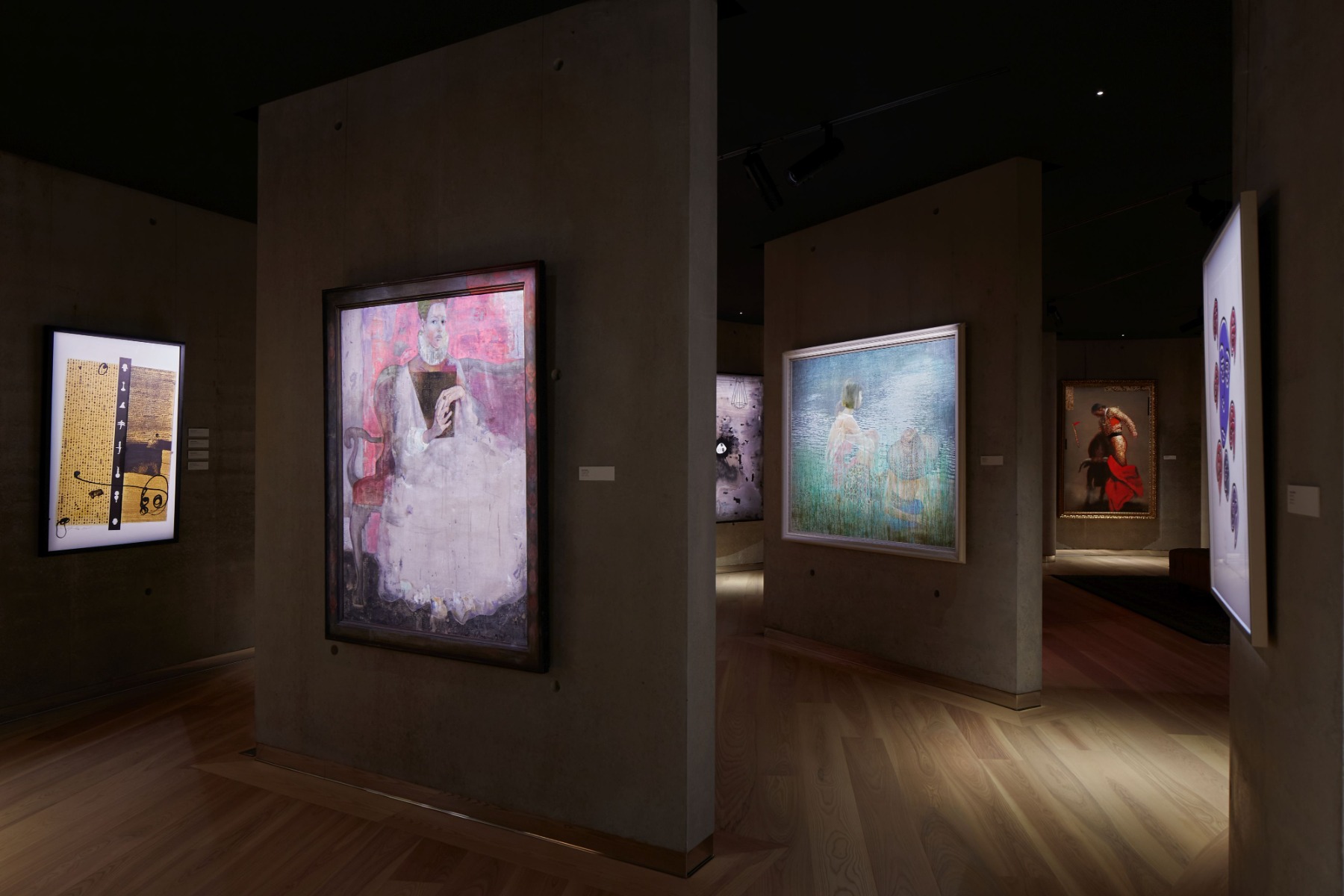 The source of this exhibition will no longer be only your collection?
The source of this exhibition will no longer be only your collection?
No, it will only contain a few works from our collection. Most will be from artists' workshops, other private collections. The most interesting thing in the process of creating an exhibition is visiting artists' workshops, when we manage to find works that the artist himself may have put away in the far corner, and we notice them and highlight them outside. And thus the artist also sees them in a completely different light. We have already been to the Heinrihsoni, Zariņi, Ieva Iltnere, we will go to Andris Eglītis and Andra Vītoliņa.
 Do you feel that your own relationship with art changes in some way through the Ola?
Do you feel that your own relationship with art changes in some way through the Ola?
This process is extremely interesting and exciting for me, and I also want to keep this feeling. As well as your and Uldis's involvement in everything happening in Ola. Ola is really a project of our hearts and I think it's kind of the best part of both of us. Basically, you can only talk heart to heart.
We once bought this piece of land in Ķīpsala to build a private house, but now there is a public project here. The joy and feedback we get from people is immeasurable. It would never happen if we were closed. But we have to get there. That's the way. And I am glad that we have started to go there. I certainly wouldn't want it any other way.
Many of those who have been to Ola emphasize the elusive sense of peace present there.
Yes, there is such a special peace here, Andrejs Ēķis even said - Ola as the new church. I don't know if Uldis already anticipated this when designing, in any case, peace was certainly not present during construction. I have been thinking a lot about how we perceive things and how our relationship with time develops. There is a feeling that it completely disappears in Ola and it exists in its own space and time.
 What do you think is the role of art and cultural spaces in society as a whole? Also in the context of Ola.
What do you think is the role of art and cultural spaces in society as a whole? Also in the context of Ola.
I think that in such a complicated and difficult time like this, art becomes more emotional. And through works of art we also see what is happening within ourselves.
I can only talk about my feelings - this is a time when some values are destroyed and disappear, and you seem to be looking for straws to hold on to, for me they are definitely art and music. Right now, I don't want art around me that provokes me even more. There is already so much aggression around that at least I need to refresh myself in art. Uldis and I have put up a sort of sieve - there are different types of art, but the one we choose to exhibit in Ola is aesthetic, healing and harmonious.
Looking back at the recent solo concert of Reinis Zariņš "Pilgrims of Light", it was exactly like that.
Yes, it was a vivid example and I think it could also be one of Ola's missions - to become a space where you can return to your basic values, your core; a place that is somehow healing. Ola has had quite a few visitors in this less than a year, and people have told me they don't want to leave because they feel safe. Arrived in a kind of harbor of peace. Many have admitted that they leave Olas a little differently. More humane. In my opinion, this is also one of the tasks of art at the moment.
 It is possible to visit exhibitions in Ola every day by applying in advance. How did you choose this format?
It is possible to visit exhibitions in Ola every day by applying in advance. How did you choose this format?
We thought for a long time about how to organize it, because we realized that we cannot afford to keep the doors open all day, because various events take place here. Including meditations, seminars, also corporate events. We were inspired by the Boros Foundation in Berlin - the Olas website has a calendar with available dates, you can apply, buy a ticket, groups have an average of 14 to 20 people. Usually either Zane (Kilbloka) or I are waiting for them, sometimes both of us and Uldis. After the tour, everyone can stay a while longer, drink tea or coffee and return to the places they liked best. People really like it, they feel like they are at someone's home. And it is already an extension of our houses.
We have already mentioned the upcoming exhibition, but maybe you can also outline other upcoming art and music events in Ola?
We intend to create exhibitions on the other two floors of Ola as well, and unlike the large exhibition, they will change on average once every three months, and the medium represented in them will mostly be photography. Of course, not only. The next door will open in the spring, and there will be a photo exhibition by Uldis Briedis, the focus of which this time will be the portraits of cultural workers published in his book "Time Hunter". The book came to us quite by accident, and this time it was not the seas, which have already become a signature of Uldis Briedis handwriting, that appealed to me, but precisely the portraits, whose heroes are the great spirits of our culture. I realized that I want their portraits here, because it is also largely a story about the values that we have lost. Looking at these faces, it seems to me that if they could, we should be able to. I wish that they - through the photographs of Uldis Briedis, fill the Egg and transfer this energy to the audience as well. The central work of the exhibition will be the portrait of actress Katrīne Pasternaka, captured at the moment when she gives a speech at the 100th anniversary event of sculptor Kārlis Zāle at the Freedom Monument. A tear is quietly rolling down Katrina's cheek, and I think it's every one of our tears to some extent. The visible and the invisible. The feeling of this time. I think that art should strengthen, give hope. That's the mission of art right now. Because we are lost already.
When we were planning the exhibition, we visited Uldis Briedis son Harijs and looked through the archives, I noticed a photograph in his home that intrigued me. It turned out to be Harijs. I didn't know he was a photographer and had been doing it for a long time. He has a completely different vision and style than his father, but photography is somehow the element that unites them both. Harry's photographs have never been publicly exhibited, but we thought it would be interesting to do so - revealing a whole new side to him. When Uldis Briedis started photographing, Harry was four years old, he has grown up with photography, later making it his hobby, not his profession.
We have also planned an exhibition that will be dedicated to artists' workshops - in the context of the already mentioned "Pamatlaika" project. I have always found it interesting to see the environment in which a work of art is created. With this exhibition, we want to bring the promise closer to the source of creation, or the moment of hatching. This is also the mission of Olas, to become the starting point for completely new projects.
On March 18, there will be a concert by Čulpana Hamatova and Andrejs Osokins in Ola, on April 23 - Trio Fabel, on May 13 - a concert by Elīna Šimkus and Vestards Šimkus. I really hope that in the fall we will see Vilis and Zane Đaudziņi show in Ola. The presence of the conversation also seems very important to us. Uldis will continue the series of lectures he started for young people, and has said that all the lectures he leads in Ola will be free of charge. I have also invited Valdis Zatlers and Valdis Birkavs as lecturers. The plan also includes movie nights with Dita Rietum - we are thinking about a completely new format.
Olas' rural residence in Vecpiebalga is also under construction, we are currently actively working on the improvement of the territory, the park and the sculpture garden. This fall, we plan to open it with the exhibition of the traveling gallery EnergART organized by Arterritory.
The rural residence of Ola will resonate with what is happening in Ola - only outside of Riga. While maintaining the feeling of an extension of the house and thus encouraging people to become more open. By showing the importance of art in our lives, we hope to inspire others as well. I think we need to get over the homesteader gene and now is the time to do it. In the world, private rooms that are partially opened to the public are a common practice, Latvians may not be used to it, but it is necessary to start gradually. We must learn to collaborate because new ideas emerge from the synergies and contingencies we have allowed to happen.
The exhibition is about ideals, - ideal nature, ideal woman and time. Over time, society has sought to formulate canons of ideals - they are static and changing at the same time. Under the influence of historical circumstances and cultural processes, changes are periodically taking place in these socially accepted assumptions, while the core of the message remains unchanged. The theme running through the exhibition will be the story of how our present time coexists with the ideal. The echo of the war in Ukraine forces you to think - the picture of the ideal landscape is peaceful and healing. What to do when houses and the environment to live in are brutally destroyed? In the shadow of war, we have a completely different look at the ideal values that are right next to us and that we often don't even notice. Every artist, and Sandra and I as curators, have their own vision - their ideal nature or woman. And in the end, we see that there are no ideals, everyone has their own point of view, their own truth, and that is the ideal. Its common scene.
Una Meistere talks to Ilze Pīlēna
Originally published Arterritory.com
Photo of Ola Foundation building: Madara Kuplā
Portrait photo: Polina Viljun
